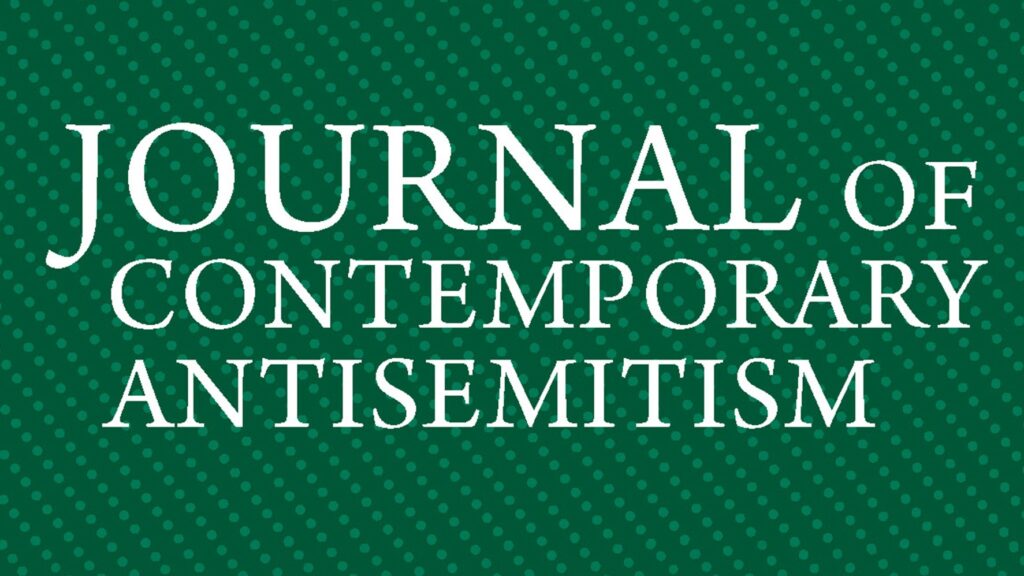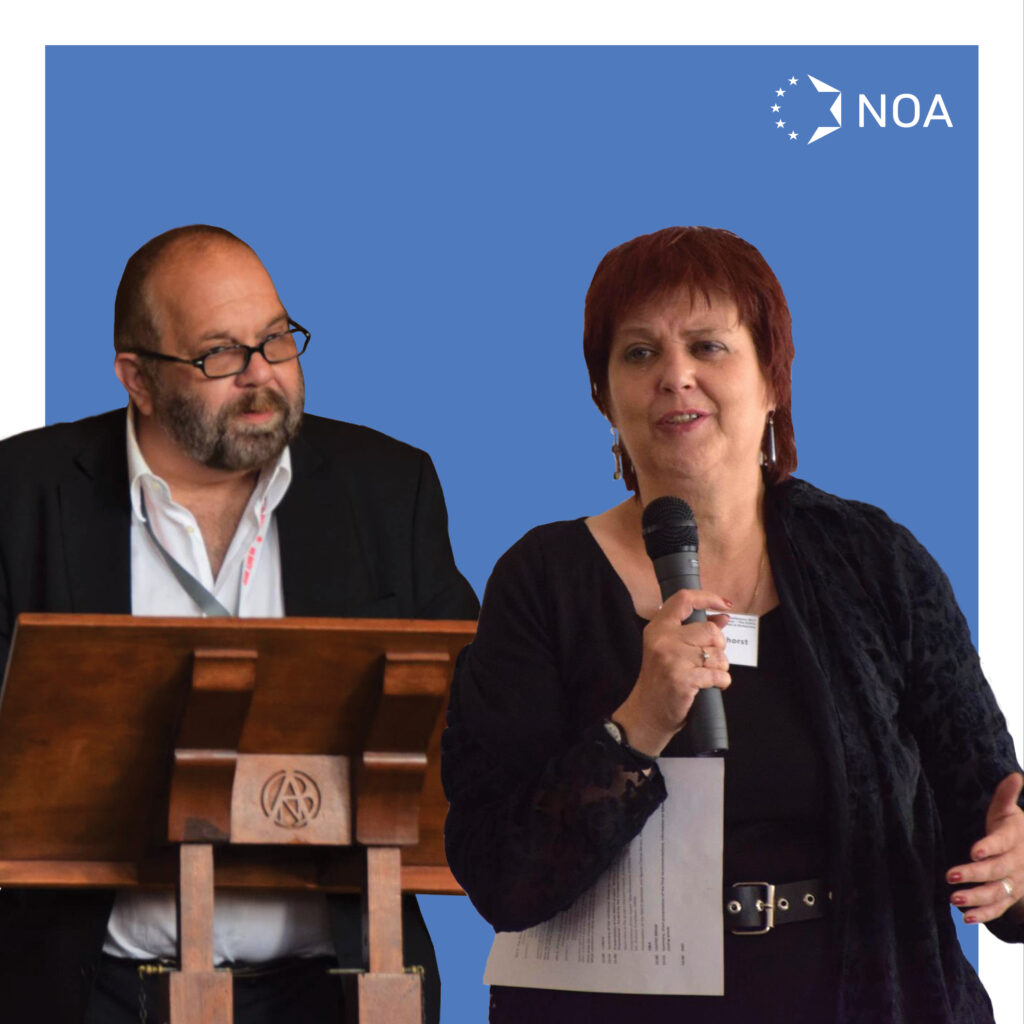Durban Antizionism: Its Sources, its Impact, and Its Relation to Older Anti-Jewish Ideologies – by David Hirsh and Hilary Miller.

Follow this link for the whole paper.
The antizionism that dominated the 2001 UN “World Conference against Racism” was neither a completely “new antisemitism” nor was it simply the latest manifestation of an ahistorical and eternal phenomenon. During the peace process in the late 80s and 90s, the intensifying focus on Israel as a key symbol of all that was bad in the world had been in remission, but at Durban, the 1970s “Zionism=Racism” culture returned.
Many participants internalized and embraced the reconfigured antizionism. Others failed to speak out, even when they witnessed the recognizable older antisemitic tropes with which it came intertwined. The proposal to agree that Zionism was the key symbolic form of racism in the world after the fall of apartheid offered unity across different movements and milieus: post-colonialism, human rights and humanitarian law; the women’s movement, anti-racism, much of the global left and NGOs; even oppressive governments if they positioned themselves as anti-imperialist or “Islamic.”
Activists, diplomats, and UN personnel at Durban were not passively infected by this antizionist ideology, they chose actively to embrace it or to tolerate it. Based on elements of truth, exaggeration, and invention, and made plausible by half-visible fragments of older antisemitisms, Durban antizionism was attractive because it offered an emotionally potent way of imagining and communicating all that “good people” oppose and that they have difficulty facing rationally. It portrayed racism, and in the end oppression itself, with an Israeli face.
Delegates brought this worldview home to where they lived and to the spheres in which they operated intellectually and politically. They worked to make Durban antizionism into the radical common sense of the twenty-first century. There were people at the conference and in antihegemonic spaces around the world who understood the dangers of a unity built around opposition to a universal Jewish threat, but they found themselves on the defensive against a self-confident, formidable, and ostensibly coherent ideology or worldview… Download an open access PDF of the whole journal article here.
David Hirsh is the Director of the London Centre for the Study of Contemporary Antisemitism and a Senior Lecturer a Goldsmiths, University of London. @davidhirsh
Hilary Miller is finishing an MA in Human Rights at Columbia University and is a Research Fellow at the Freedom of Religion or Belief Project at the Ralph Bunche Institute at CUNY. @Hilary__Miller
David Hirsh and Hilary Miller would like to acknowledge the input of David Seymour, whose wide reading and thoughtful understanding on the topic of antisemitism has contributed to the development of some of the ideas in this paper. He has set out his account of the relationship between antisemitism and antizionism in:
David Seymour, “Continuity and Discontinuity: From Antisemitism to Antizionism and the Reconfiguration of the Jewish Question,” Journal of Contemporary Antisemitism 2, no. 2 (2019): 11–24, accessed October 17, 2021, https://www.degruyter.com/document/doi/10.26613/
jca/2.2.30/html?fbclid=IwAR3_hRZpON8dozf8yUvoZdTVYdylPDiKfH-ah8CXH-9cznSpIoEFNp5eTi8
“This paper is dedicated to the memory of Suzette Bronkhorst, who we interviewed during our research, and to her partner Ronald Eissens…“
“…They attended Durban together, representing the anti-racism NGO that they had built together in Amsterdam. Suzette, the daughter of an Auschwitz survivor, told us that as Jews they literally feared for their lives in the streets of Durban in September 2001. She told us: “I promised myself I would refuse to let Durban define my life in the way that Auschwitz defined my father’s.” This was shocking, how could she refer to Auschwitz and Durban in the same sentence? Our research task is to understand why she did that. They were friends and colleagues to many of us and lovers and comrades to each other. Suzette died in October 2021, Ronald in January 2021.” – DH & HM



Download an open access PDF of the whole journal article by Hirsh and Miller, here.
David Hirsh and Hilary Miller also published an op-ed on Durban in Jewish Journal.
The cover image, at the top of the page, of the demonstration at Durban is from Bnai Brith International https://www.bnaibrith.org/durban-at-20.html.



